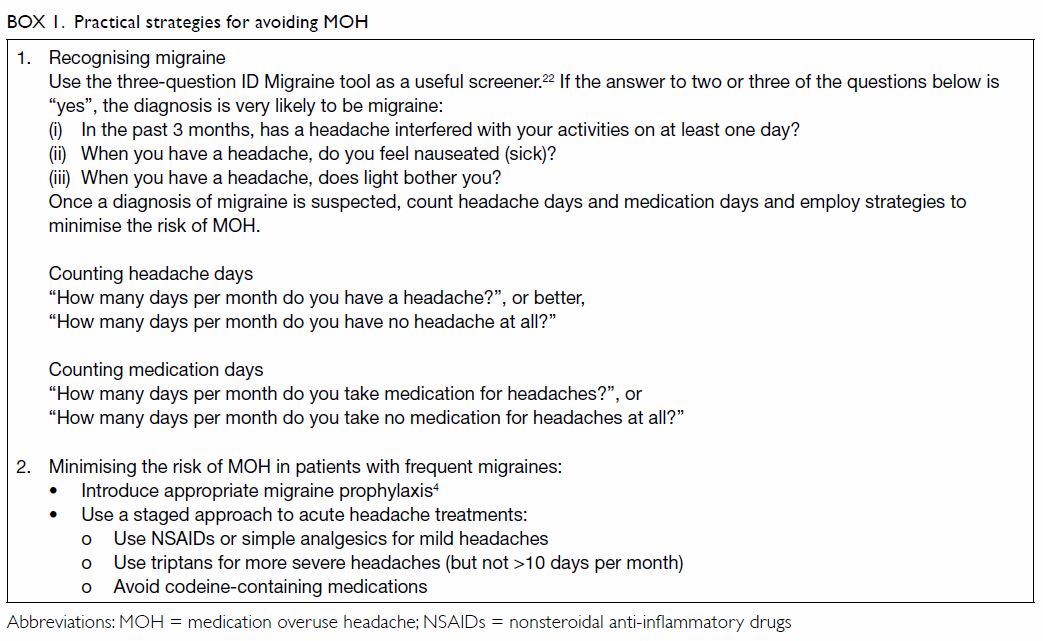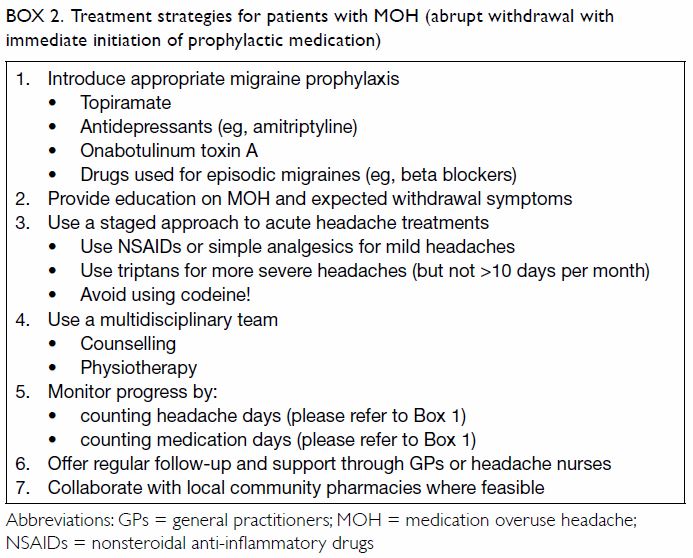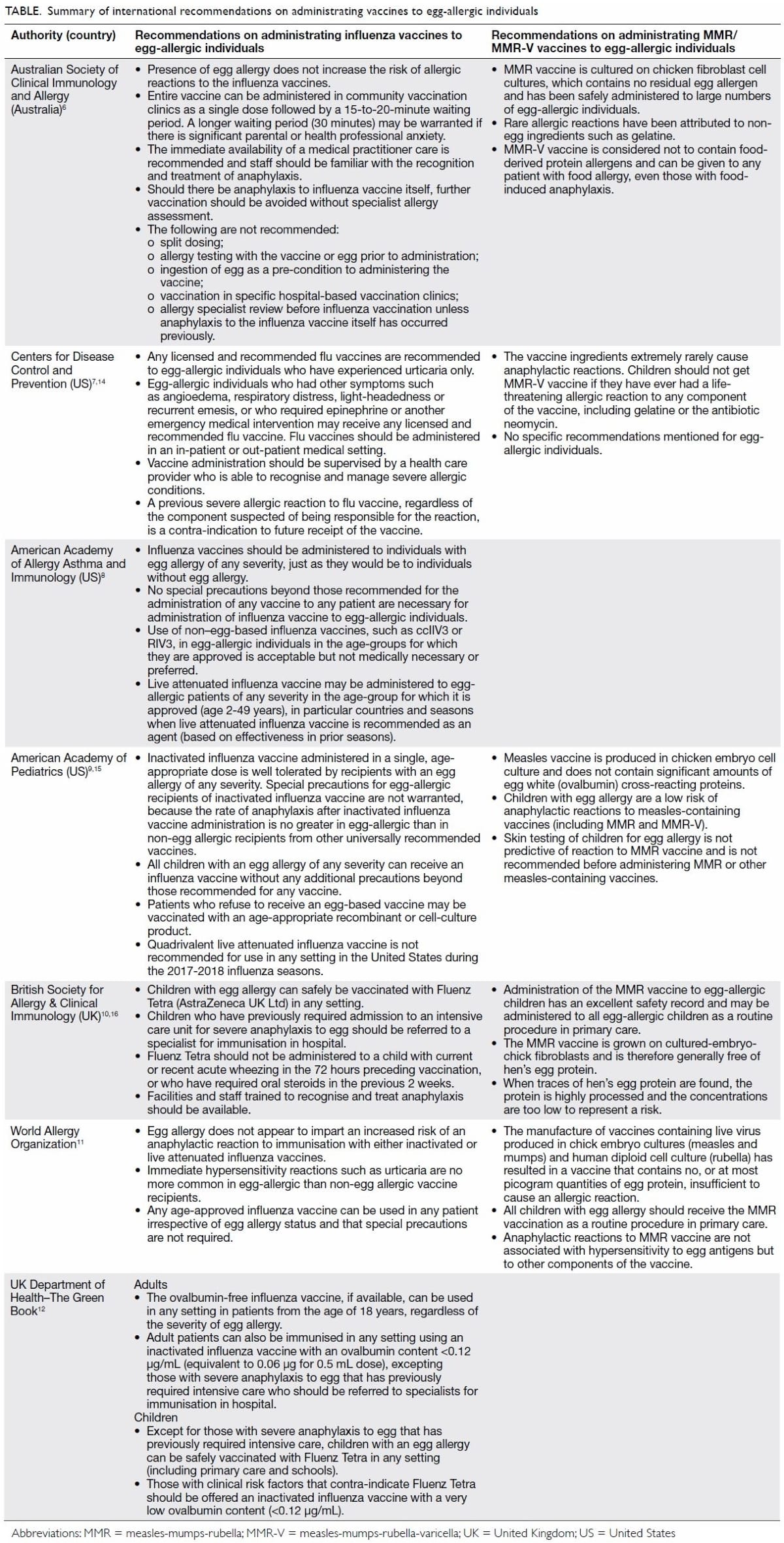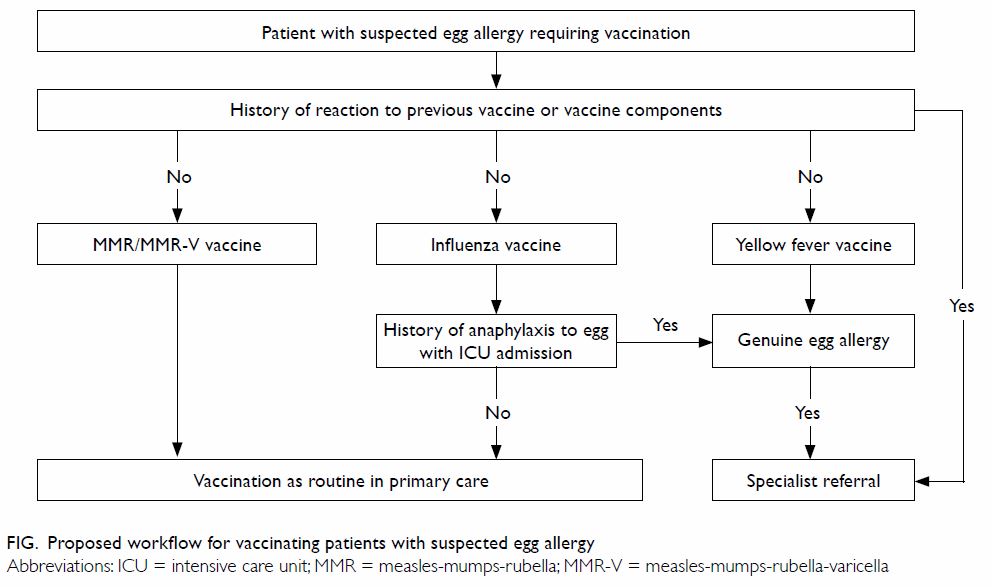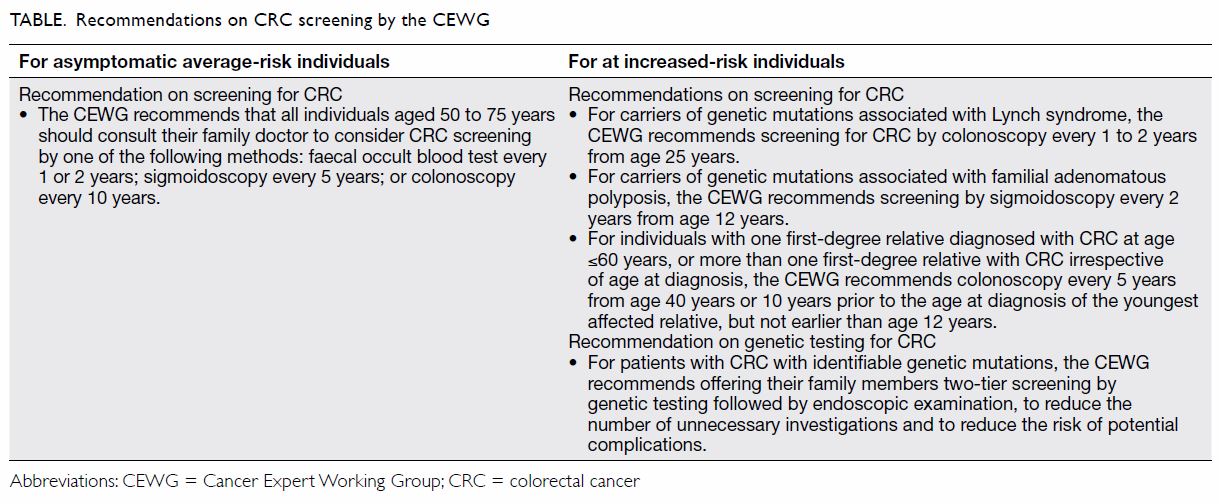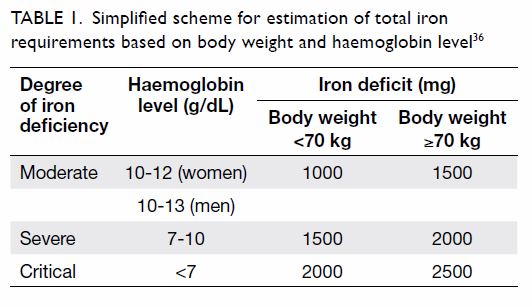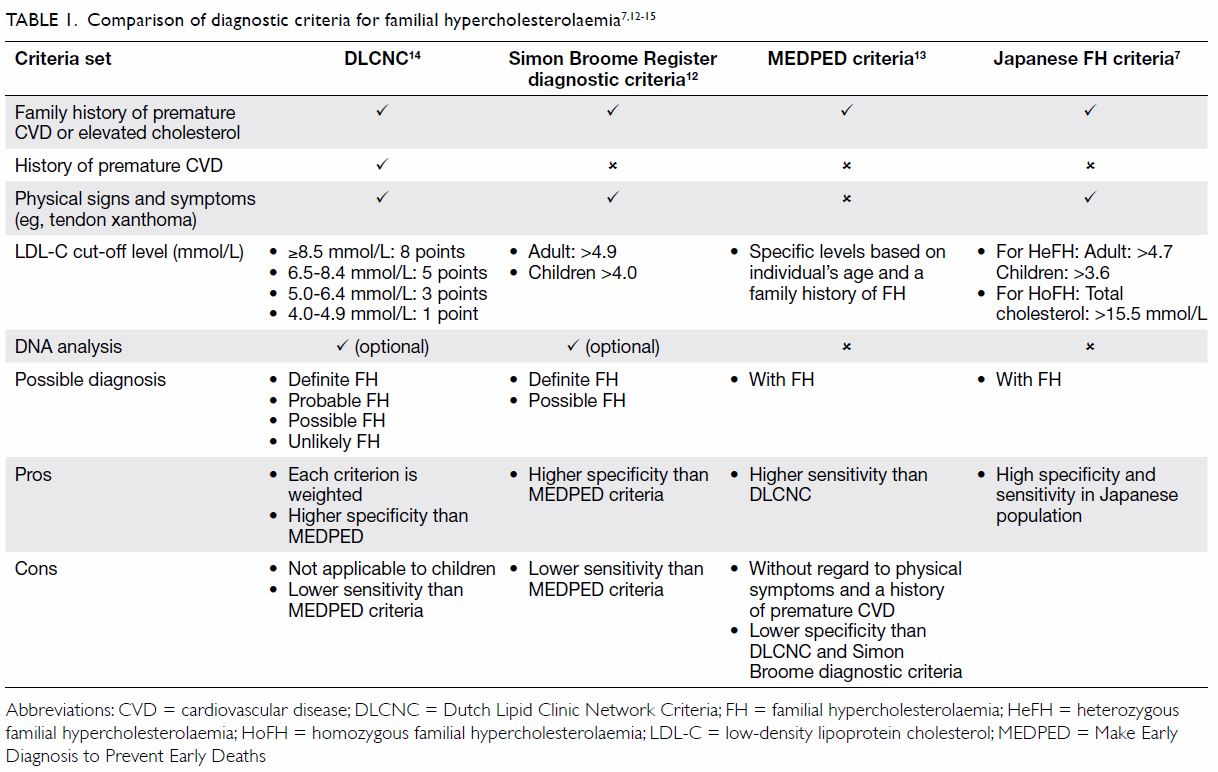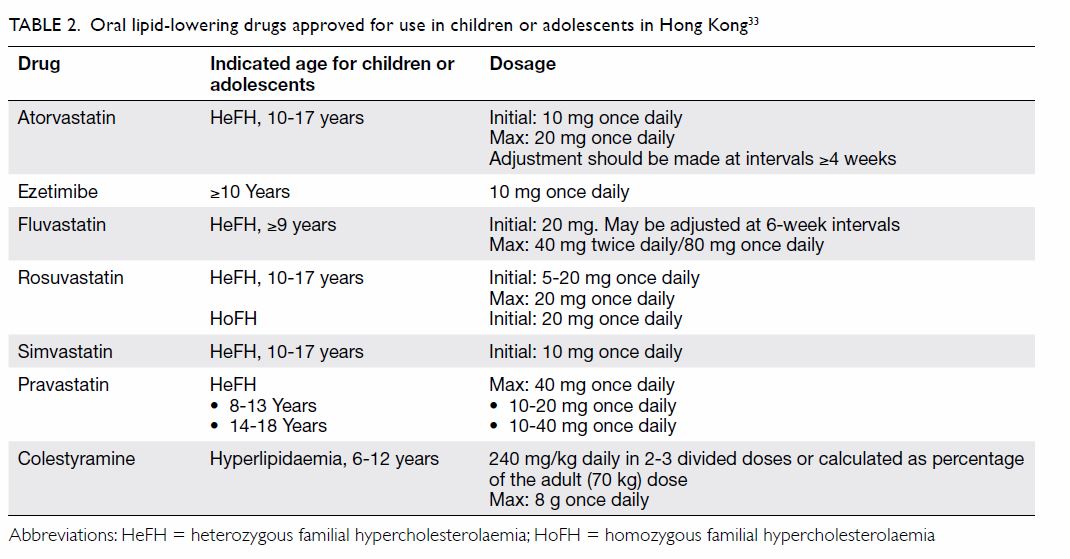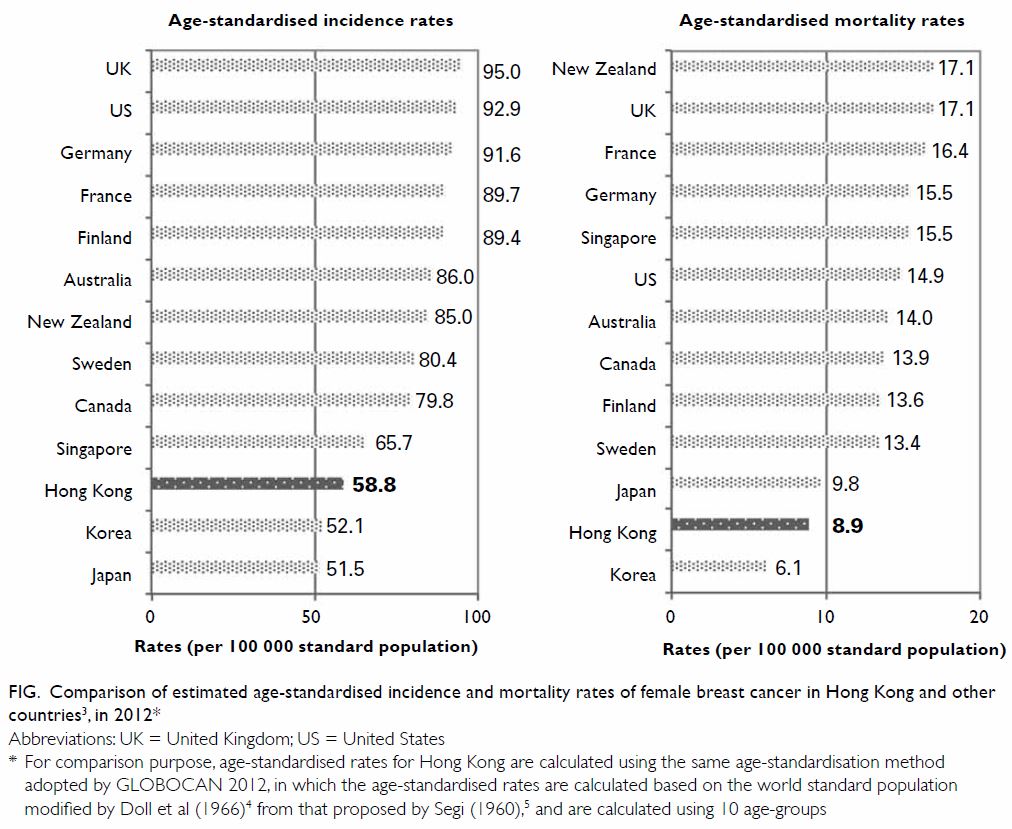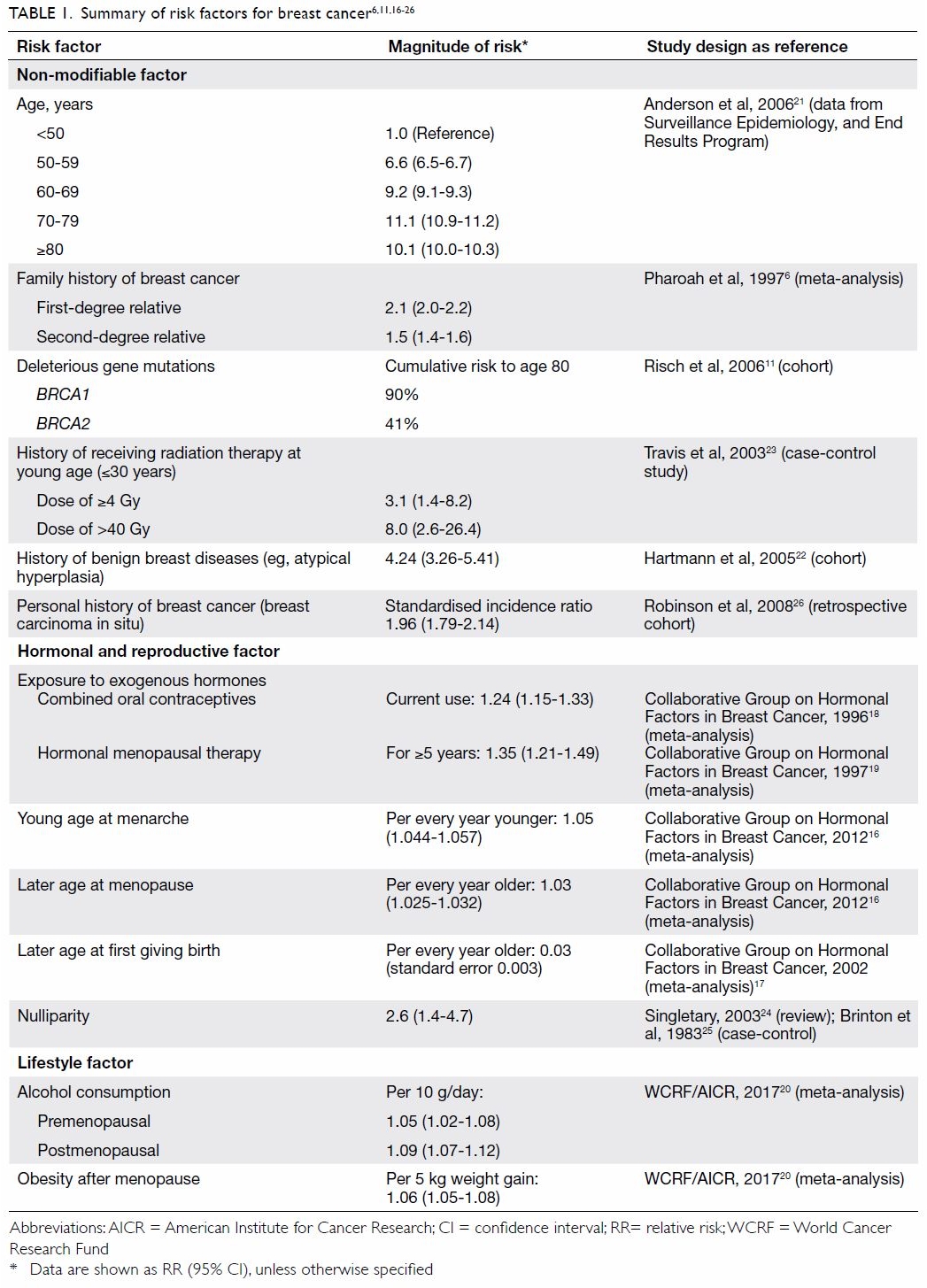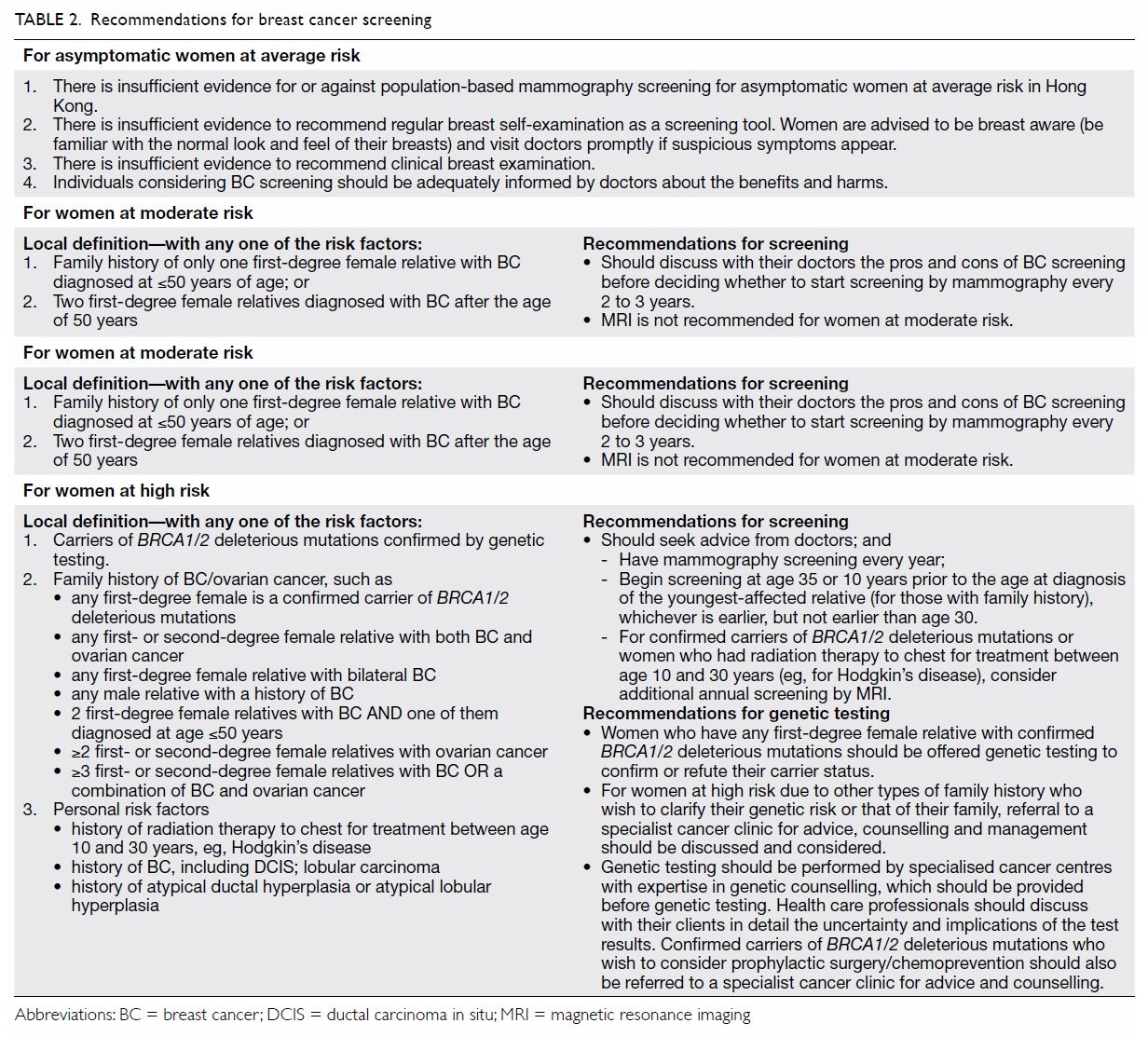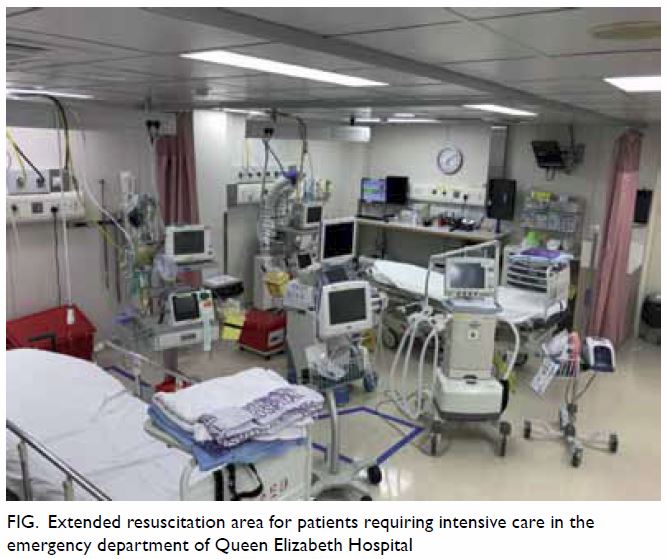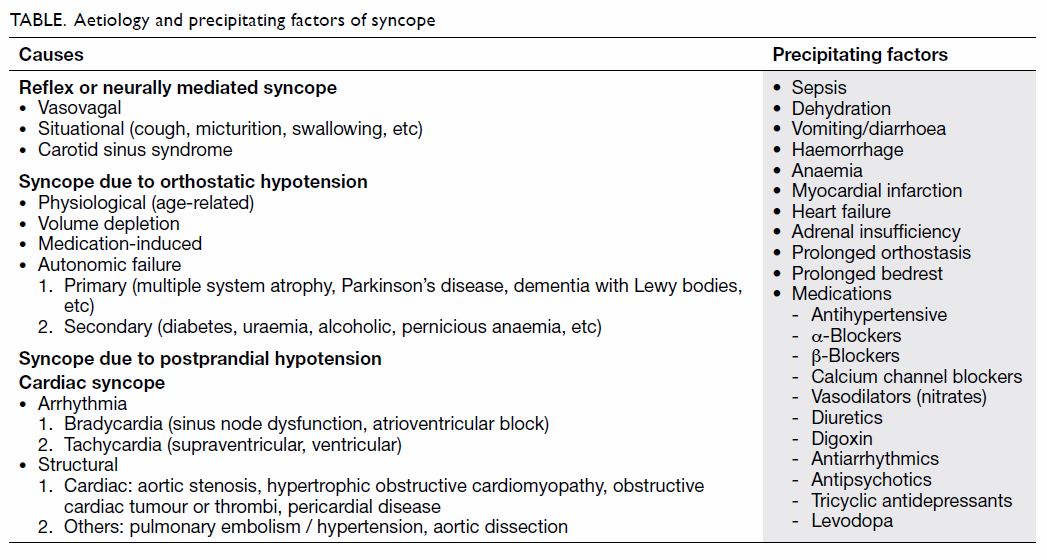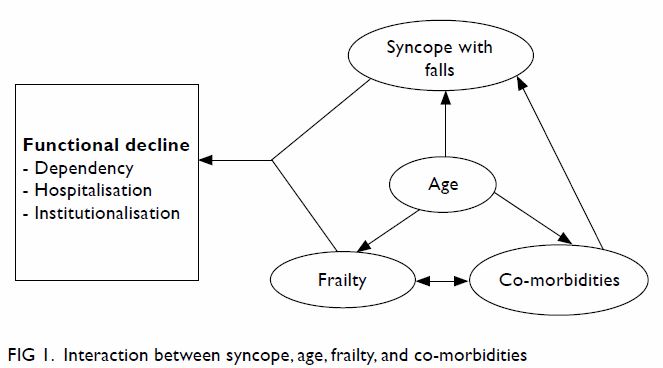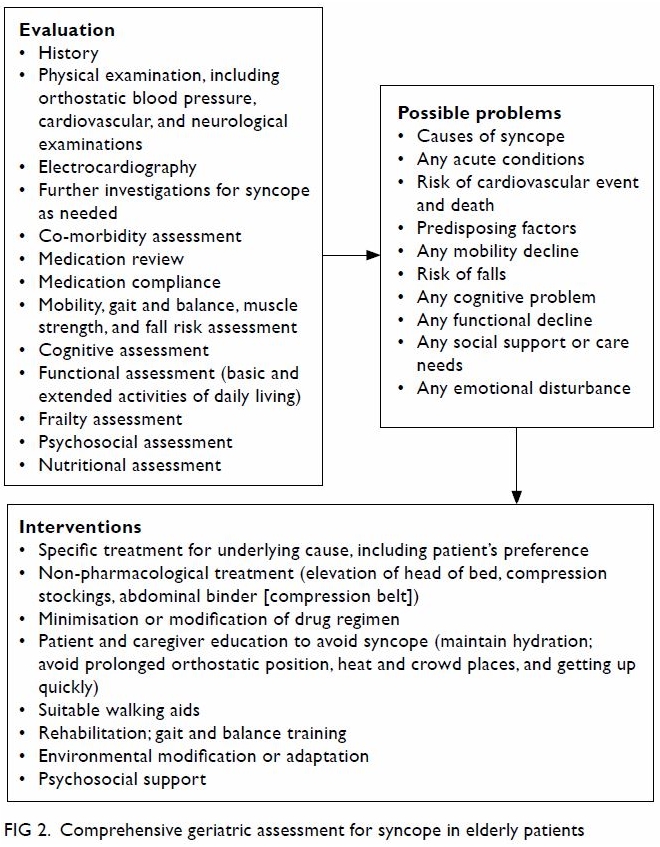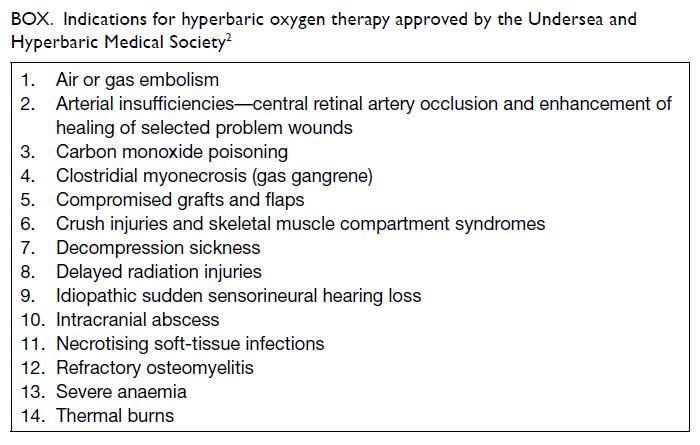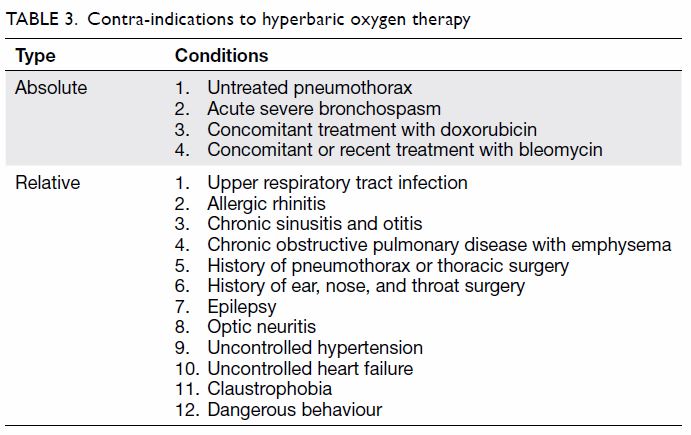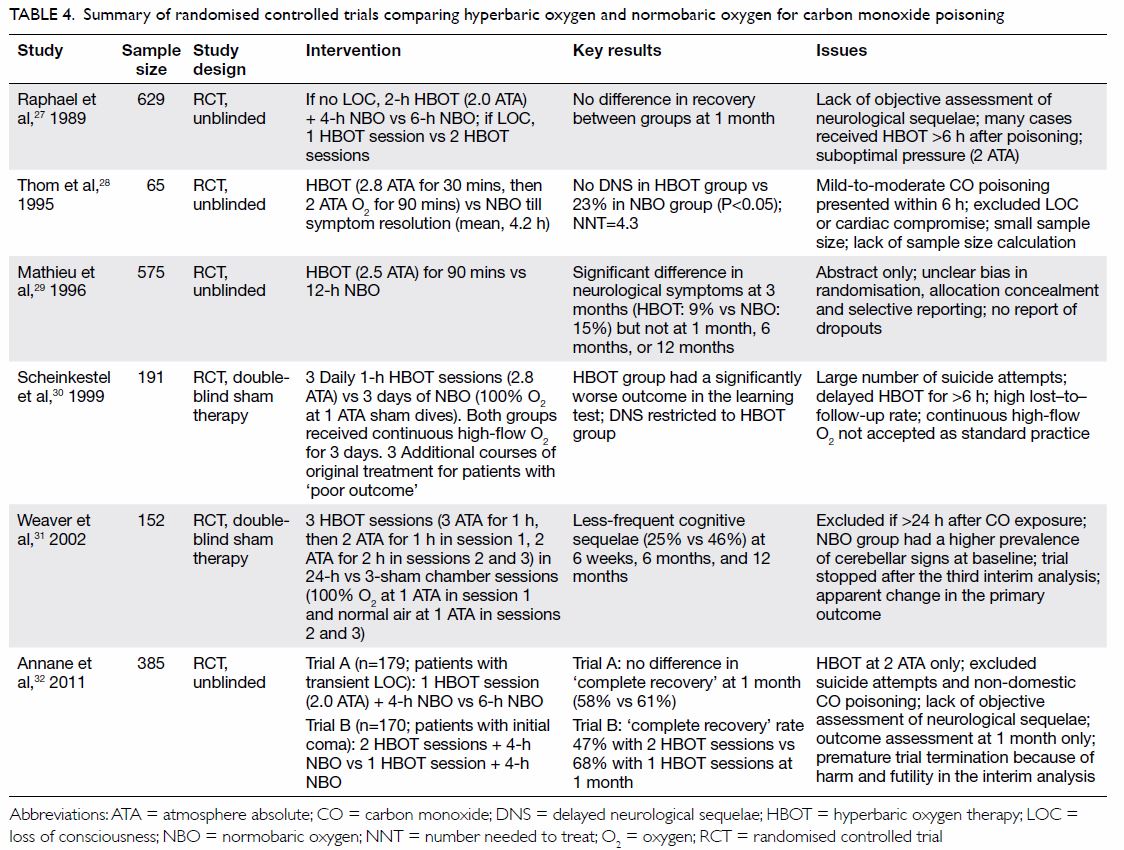Frailty assessment: clinical application in the hospital setting
DOI: 10.12809/hkmj187572
© Hong Kong Academy of Medicine. CC BY-NC-ND 4.0
MEDICAL PRACTICE
Frailty assessment: clinical application in the
hospital setting
CW Wong, FHKAM (Medicine), FHKCP
Department of Medicine and Geriatrics, Caritas
Medical Centre, Hong Kong
Corresponding author: Dr CW Wong (wong.chitwai@gmail.com)
Abstract
Because of their heterogeneous health status,
older people’s health care needs differ. The concept of frailty,
characterised by a decline in physiological reserve with increased
vulnerability to stress, is emerging in clinical practice.
Characterising older people by frailty could help to predict their
prognosis and health outcomes. Further, consideration of frailty in
clinical practice could facilitate the determination of patient-centred
goals for effective care delivery. In the hospital setting,
identification of frailty could guide management plans for older
patients upon disposal from emergency departments; risk stratification
by frailty allows appropriate decision making about surgical or invasive
interventions; selection of frail people to acute geriatric wards for
integrated care improves outcomes; end-of-life care for people at
advanced stages of frailty improves the quality of their last days of
life; and pre-discharge comprehensive geriatric assessment for frail
people helps arrangement of post-discharge programmes according to
individual needs. Although the emphasis on frailty is growing in
clinical practice, there are challenges regarding implementation that
need to be addressed.
Introduction
Age-related cumulative decline in multiple body
systems that increases the vulnerability to stress and adverse health
outcomes brought about the concept of frailty. Frailty is defined as “a
medical syndrome with multiple causes and contributors that is
characterised by diminished strength, endurance, and reduced physiologic
function that increases an individual’s vulnerability for developing
increased dependency and/or death”.1
Although physical frailty has received the most attention, frailty is a
multidimensional state that also comprises cognitive and psychosocial
components. These components interact with each other and with the
external environment to determine the frailty state of an older person in
a given setting. Frailty is distinct from co-morbidities and disability,
despite the fact that they often coexist and are interrelated.2 Co-morbidity is the concurrent presence of two or more
medical diseases, whereas disability is difficulty performing activities
of daily living and indicates dependency. Frail people are likely to have
co-morbidities, and frailty may limit their performance of daily
activities. Further, co-morbidities increase the likelihood of being frail
and disabled, and disability may exacerbate both frailty and
co-morbidities. All of these factors add complexity to the incorporation
of frailty into clinical practice.
The prevalence of frailty varies among studies and
depends on the working definition of frailty. Using a well-known approach,
the frailty phenotype model,3 a
systematic review reported a weighted average prevalence of 9.9% for
frailty and 44.2% for pre-frailty in community-dwelling older people aged
≥65 years.4 One study in Hong Kong
based on the same criteria found similar prevalence levels of 7.9% and
50.6% for frailty and pre-frailty, respectively.5
The prevalence of frailty increases with age, rising markedly from 4% in
people aged 65 to 69 years to 16% in those aged 80 to 84 years and 26% in
those aged >85 years; the prevalence of frailty was also higher in
women (9.6%) than in men (5.2%).4
There is increasing emphasis of frailty from
literature to clinical practice because of its clinical implications.
Frailty is associated with a range of adverse outcomes such as falls,
disability, hospitalisation, institutionalisation, and death,3 which significantly impact both patients and society.
Even though the prevalence of frailty among older people has been constant
over time, with the ageing of the population, the number of older people
with frailty is expected to continuously increase in the future. In turn,
this will pose an increasing burden on the health care system. However,
detection of frailty allows risk stratification to predict individual
outcomes of interventions or medication treatment. This facilitates
better-informed decision making for clinicians, patients, and caregivers
while formulating appropriate management plans. As frailty is a dynamic
process and is reversible,6 there
are targeted interventions to revert frailty, to reduce the level of
frailty, or to slow its progression. Overall, consideration of frailty
within the health care system is beneficial at both the patient level, as
it allows patient-centred and goal-oriented care, and at the societal
level, as it facilitates better health care planning and resource
allocation in the community. This article focuses on the clinical
application of frailty assessment in the hospital setting.
Screening and assessment for frailty
Despite the conceptual definition of frailty, a
working definition is required to identify and quantify frailty in both
research and clinical practice. The two most common approaches are the
frailty phenotype model and the frailty index of cumulative deficit model.
The frailty phenotype model was described using data from the
Cardiovascular Health Study.3 It
defines frailty as the manifestation of three or more of the five physical
indicators: unintentional weight loss (10 lbs in the past year),
self-reported exhaustion, weakness (in terms of grip strength), slow
walking speed, and low physical activity. People who have one or two of
the indicators are pre-frail, while those who have none of the indicators
are non-frail. The frailty index of cumulative deficits model was
developed using data from the Canadian Study of Health and Aging.7 It construes frailty as the accumulation of a variety
of health deficits including co-morbidities, physical and cognitive
impairment, psychosocial risk factors, and geriatric syndrome. It is a
quantitative measure that calculates the proportion of deficits present
out of the total number of parameters considered. A higher proportion of
deficits present is associated with a higher level of frailty, which is
represented on a continuum from fitness to mild, moderate, and severe
frailty. The numbers of deficits measured ranged from 92 in the initial
list to around 30 to 40 in subsequent studies.7
8
The frailty phenotype model and the frailty index
require measurement, retrieval of patient clinical data, and calculation,
all of which are time-consuming and may be unfeasible in routine practice.
A variety of more “user-friendly” and validated methods have emerged for
practical use. The simplest ones that require the shortest time are
single-item measurements of gait speed or a Timed Up and Go test.9 Some measures are derived from the above models, such
as the FRAIL scale, which is based on the phenotype model and takes the
form of a questionnaire without measurement.10
In addition, the Edmonton Frail Scale, which includes multidimensional
questions about the patient’s general health, functional performance,
nutrition, medication use, and social support, in addition to clock
drawing and a Timed Up and Go test, is quick to administer.11 The Clinical Frailty Scale is based on clinical
judgement of an individual’s dependency level and health state to describe
a nine-point clinical scale with pictographs from very fit (Category 1) to
terminally ill (Category 9).12 13
The choice of instruments depends on the purpose
and clinical setting. Gait speed and Timed Up and Go testing are simple
for routine assessment. The frailty phenotype model allows detection of
pre-frailty so that preventive measures can be taken.14 The frailty index is better for prediction of
long-term mortality.15 The FRAIL
scale is a screening test that is easy to perform in the community
setting. The Edmonton Frail Scale can identify modifiable factors for
preoperative optimisation. Nevertheless, upon identification of people
with frailty, they should undergo comprehensive geriatric assessment
(CGA), which is a multidimensional, interdisciplinary diagnostic process
to determine a frail older person’s medical, psychological, and functional
capacity to develop a coordinated and integrated plan for treatment and
long-term follow-up.16 Currently,
CGA is regarded as the gold standard for detection and management of
frailty.17 18
Application of the concept of frailty in hospitals
Older people account for the majority of health
care utilisation. According to a Hospital Authority statistical report,
patients aged ≥65 years accounted for 53% of the approximately 8 000 000
patient-days in hospitals in Hong Kong during 2016 to 2017.19 A large proportion of these older patients are
expected to have frailty. Accordingly, incorporation of the concept of
frailty into care is reasonable. The following subsections illustrate how
the concept of frailty facilitates patient management in the hospital
setting.
Emergency department
Utilisation of hospital care services often begins
with emergency department (ED) attendance. Risk stratification of older
patients in EDs can facilitate allocation of optimal care to patients with
different needs and improve outcomes. Various frailty assessment tools,
such as the Clinical Frailty Scale and the frailty index, have been
studied in the ED setting to identify older people with frailty and the
associated adverse outcomes upon ED discharge.20
Studies have shown that compared with those without frailty, patients
assessed as frail had a higher risk of revisiting the ED within 6 months
of discharge (odds ratio [OR]=2.48; 95% confidence interval [95%
CI]=1.25-4.91)21; a higher risk of
hospitalisation, nursing home admission, and higher mortality within 30
days of the index ED visit (hazard ratio [HR]=1.98; 95% CI=1.29-3.05)22; 16 times the risk of functional decline at 3 months23; and significantly higher risk
of mortality at 6 months (HR=8.68; 95% CI=2.6-28.94).21 In addition, the risk of adverse outcomes increased
with higher levels of frailty: 27.4% of the most frail patients had
adverse outcomes within 30 days of ED discharge, compared with 16.2% of
the least frail patients.22
Understanding which individual patients have an additional risk of adverse
outcomes could facilitate treatment plan formulation upon disposal of
patients from EDs—whether the patients need hospital admission or are fit
to go home and whether they need further assessment, additional community
service, or rehabilitation. For patients in EDs with non-acute conditions
that do not require hospital admission, those with frailty might benefit
from follow-up community-based care, such as community nursing, community
outreach teams, phone follow-up, or referral to geriatric day hospitals
for CGA and rehabilitation. For those with less acute conditions that
demonstrate an equivocal need for hospital admission, non-frail or less
frail patients might be discharged for home treatment and subsequent
follow-up, but hospital admission for management may be considered for
frail patients.
Surgical and invasive interventions
Older people with frailty have a limited
physiologic reserve to endure surgical operations and are at risk of
poorer surgical outcomes. It has been recognised that frailty
independently predicts postoperative complications, length of stay,
discharge to an institution, and 30-day mortality.24 25 This has
led to increasing concern about frailty in surgical practice. Accordingly,
a recommendation to incorporate the concept of frailty into preoperative
assessment has been made.24
Frailty has been shown to increase the predictability of conventional risk
models for adverse surgical outcomes.25
Incorporation of the concept of frailty improves risk stratification and
prediction of surgical outcomes to determine who may benefit or be harmed
by surgery or whether or not surgery is appropriate or necessary. The
anticipated outcomes could facilitate decision making for surgeons and
patients and help surgeons to consider less invasive options for those at
high operative risk. In addition, frailty assessment enhances preoperative
risk management, including medication review, nutritional augmentation,
and physiotherapy to minimise postoperative complications. It can also
improve postoperative care arrangements, such as close monitoring in an
Intensive Care Unit for early complications during the immediate
postoperative period, preventive measures against delirium, and attention
to hydration, nutrition, and early mobilisation.
Acute geriatric wards
For older people with frailty who need in-hospital
care for their medical conditions, admission to an acute geriatric ward
(AGW) is likely to be more advantageous than that to a general medical
ward. General medical wards focusing on treatment of medical problems are
insufficient to address older people’s complex needs. Apart from acute
medical problems, interactions with underlying co-morbidities and
coexisting functional, psychological, and social problems can complicate
health outcomes and the independence of older people during and after the
acute illness. Acute geriatric wards are designed to provide
patient-centred care, including medical care reviews, early
rehabilitation, and discharge planning. This is more appropriate for
prevention of hospital-related complications such as delirium, falls,
pressure sores, and functional decline and for maximisation of recovery,
return to the patient’s previous level of functioning, and discharging the
patient to his/her home in the community.26
Central to the operation of AGWs is the application of CGA. In a
meta-analysis of 22 randomised controlled trials involving nearly 10 315
patients, when compared with patients receiving general medical care,
those who received CGA in AGWs were more likely to be alive and in the
community at the end of follow-up (median 12 months) [OR=1.22; 95%
CI=1.1-1.35], less likely to be institutionalised at the end of follow-up
(OR=0.73; 95% CI=0.64-0.84), and less likely to experience outcomes of
death or functional decline (OR=0.76; 95% CI=0.64-0.9).18 Targeting acute geriatric care for frail patients
with geriatric syndrome, at perceived risk of institutionalisation and
functional or cognitive impairment is even more beneficial than targeting
based on age alone. Compared with treatment at a general medical ward,
every 13 frail patients admitted to AGW would allow one more patient to be
alive and in the community at 1 year (OR=1.36; 95% CI=1.16-1.6), whereas
age-only recruitment criteria for AGW admission had no significant
benefit. In addition, for frail patients, management in an AGW was
associated with lower mortality at 3 months (HR=0.55; 95% CI=0.32-0.96),
lower risk of an increasing degree of frailty (OR=0.23; 95% CI=0.13-0.4),
and lower risk of decline in activities of daily living (OR=0.093; 95%
CI=0.052-0.164).27 28
End-of-life care
Frailty is independently associated with mortality.
Using the frailty phenotype model, older people with frailty were at
increased risk of death compared with a non-frail group over 3 years
(HR=2.24; 95% CI=1.51-3.33).3
Worsening of frailty status during the previous 2 years also predicted
higher mortality over the next 2 years: non-frail to frail (HR=8.1; 95%
CI=2-32.5), pre-frail to frail (HR=3.6; 95% CI=1.4-9.1).29 Categorising frailty into different levels allows
better characterisation of its correlation with mortality.30 In a large-scale longitudinal study of 13 717 Chinese
people aged ≥65 years, using a frailty index of 39 variables and division
into four levels of frailty showed that the mortality rate increased with
higher levels of frailty.31 The
mortality rates at 3 years were 14.4%, 28.7%, 49.9%, and 73.1% for those
in 1st quartile (least frail), 2nd quartile, 3rd quartile, and 4th
quartile (most frail), respectively. Further, in another study, a 52-item
frailty index based on the CGA illustrated that mortality approached 100%
for those with frailty index ≥0.5 by about 20 months.32 Frailty measured by the Clinical Frailty Scale has
been shown to be an independent predictor of in-hospital mortality.33 Following emergency admission of patients aged ≥75
years, in-hospital death increased from around 2% for those at Clinical
Frailty Scale categories 1 to 3 (fit and well) to 24% for those at
category 8 (very severely frail) and 31% for those at category 9
(terminally ill).
In light of the above, increasing frailty implies
that people are at the last phase of life, and it should be considered as
an indication for end-of-life care. The prognosis of patients with severe
frailty is expected to be even worse when they experience an acute illness
or continuous deterioration of a chronic medical illness. In-hospital
end-of-life care to avoid futile interventions but promote symptomatic
relief, provide psychological or spiritual support to enhance quality of
life before death, and foster death with dignity is a more meaningful and
proper therapeutic option.34 Even
if such patients survive the index admission, end-of-life care or advance
care planning could be continued in the community by “community geriatric
assessment teams” who support people in residential care homes and
“integrated community care services” for patients living in their own
homes in the community.
Discharge planning
Because of increasing vulnerability to stress with
advancing age, not only pre-frail and frail people but also robust older
people are likely to experience a decline in physical and mental
well-being after hospitalisation for an acute illness.17 35 36 The resultant increase in frailty is associated with
increasing risk of subsequent hospitalisation,36
which in turn predisposes patients to become more frail with repeated
admission, forming a vicious cycle that ultimately terminates in death.
Given that frailty is a dynamic, modifiable process,5 6 early
intervention during the post-discharge period may revert patients back to
their premorbid state and prevent hospitalisation.
Frailty assessment before discharge and comparison
with the pre-admission state facilitate recognition of change in physical
activity and function in individual patients. Then, targeted interventions
for frailty can be planned. Exercise training and nutritional
supplementation are the main components of such interventions. Exercise
programmes with emphasis on resistance training have been shown to improve
physical functioning and reduce frailty,37
38 39
40 and the effects are more
prominent for moderately frail patients than for severely frail patients.37 Exercise with concomitant
nutritional supplementation to augment caloric intake can further improve
muscle strength.38 Cognitive
training has also been shown to be effective.39
40 Further, combined interventions
(comprising exercise, nutrition, and cognitive training) have additional
advantages over individual therapies in reducing frailty.39 40
There has been a paucity of study to determine
which level of frailty can derive the most benefits from targeted
interventions. However, considering that most studies were performed in
frail people who were ambulatory and without severe cognitive impairment,
patients at less severe levels of frailty are more likely to benefit from
such interventions. Nevertheless, performing a pre-discharge CGA to guide
post-discharge management plans is justified. For patients with less
severe frailty, especially those who had good premorbid functional states,
referral to geriatric day hospitals for targeted intervention is
warranted. For severely frail people with limited ambulation, therapy to
prevent complications resulting from the functional decline, such as
supporting their nutritional state and preventing pressure sores or
contractures, is more appropriate. For very severely frail patients with
limited life expectancy, end-of-life programmes should be continued after
discharge. As an integrated part of management, patients’ health states
and care plans should be re-evaluated at regular intervals.
Present challenges
International guidelines have recommended
assessment for frailty during management of older people to facilitate the
provision of integrated goal-oriented care.1
9 However, frailty has not yet been
formally introduced into clinical practice guidelines in Hong Kong. A
standardised approach for frailty is essential, which should start with
identification of people with frailty. Selection of an easy-to-use
screening tool is required. The FRAIL scale, which only requires answers
to five simple questions and has been studied in the Hong Kong population,
seems to be a promising screening tool.41
Similarly, single-item measurements of walking speed or grip strength have
also been shown to be suitable.42
In the United Kingdom, an electronic frailty index that uses electronic
health record data was developed for use in clinical practice to identify
and stratify frailty in older patients.43
In Hong Kong, a similar concept was used by the Hospital Authority to
generate HARRPE (Hospital Admission Risk Reduction Programme for the
Elderly) scores that identify patients at high risk of readmission.44 Thus, it is possible to generate frailty scores by
using existing electronic health record data to alert us to people who are
frail, so that targeted interventions and appropriate management plans can
be offered. The subsequent pathway (which should differ according to
frailty level) and setting (in hospital or community) for care upon
detection of frailty also needs to be determined.
Frailty involves multiple organ systems and affects
health outcomes. Its management is complicated by underlying
co-morbidities and functional and cognitive decline. Therefore, the
management approach should shift from the conventional disease-based
approach towards an integrated goal-oriented approach, guided by
multidisciplinary CGA. Frailty is an issue for not only geriatricians but
also all health care workers who provide care to older people. Thus,
consideration of frailty throughout the health care sector is required.
Finally, studies showing the cost-effectiveness of the implementation of
frailty assessments into care for older people are expected, as they might
convince the policy maker to incorporate frailty assessment into health
care system in the long run.
Conclusion
Frailty is associated with a range of adverse
health outcomes. Incorporating the concept of frailty into clinical
practice, which should involve multidisciplinary CGA, could enable better
risk stratification and prediction of health outcomes. This would also
facilitate a change from the conventional disease-based approach to a
“whole patient” goal-oriented approach. Further, it is possible to revert
or reduce frailty through targeted intervention, so that early
identification with appropriate management could maintain older people’s
independence in the community. Although there are challenges regarding the
implementation of frailty assessments into the Hong Kong health care
system, it is time to take the initiative to consider frailty during daily
practice and to accumulate experience so that a full-blown care pathway
for frailty management can be developed.
Author contributions
The author has contributed to the concept or
design, acquisition of data, analysis or interpretation of data, drafting
of the article, and critical revision for important intellectual content.
Declaration
The author has disclosed no conflicts of interest.
The author had full access to the data, contributed to the study, approved
the final version for publication, and takes responsibility for its
accuracy and integrity.
References
1. Morley JE, Vellas B, van Kan GA, et al.
Frailty consensus: a call to action. J Am Med Dir Assoc 2013;14:392-7. Crossref
2. Fried LP, Ferrucci L, Darer J,
Williamson JD, Anderson G. Untangling the concepts of disability, frailty,
and comorbidity: implications for improved targeting and care. J Gerontol
A Biol Sci Med Sci 2004;59:255-63. Crossref
3. Fried LP, Tangen CM, Walston J, et al.
Frailty in older adults: evidence for a phenotype. J Gerontol A Biol Sci
Med Sci 2001;56:M146-56. Crossref
4. Collard RM, Boter H, Schoevers RA, Oude
Voshaar RC. Prevalence of frailty in community-dwelling older persons: a
systematic review. J Am Geriatr Soc 2012;60:1487-92. Crossref
5. Lee JS, Auyeung TW, Leung J, Kwok T, Woo
J. Transitions in frailty states among community-living older adults and
their associated factors. J Am Med Dir Assoc 2014;15:281-6. Crossref
6. Gill TM, Gahbauer EA, Allore HG, Han L.
Transitions between frailty states among community-living older persons.
Arch Intern Med 2006;166:418-23. Crossref
7. Mitnitski AB, Mogilner AJ, Rockwood K.
Accumulation of deficits as a proxy measure of aging. Scientific World
Journal 2001;1:323-36. Crossref
8. Song X, Mitnitski A, Rockwood K.
Prevalence and 10-year outcomes of frailty in older adults in relation to
deficit accumulation. J Am Geriatr Soc 2010;58:681-7. Crossref
9. Turner G, Clegg A, British Geriatrics
Society, Age UK, Royal College of General Practitioners. Best practice
guidelines for management of frailty: a British Geriatric Society, Age UK
and Royal College of General Practitioners report. Age Ageing
2014;43:744-7. Crossref
10. Morley JE, Malmstrom TK, Miller DK. A
simple frailty questionnaire (FRAIL) predicts outcomes in middle aged
African Americans. J Nutr Health Aging 2012;16:601-8. Crossref
11. Rolfson DB, Majumdar SR, Tsuyuki RT,
Tahir A, Rockwood K. Validity and reliability of the Edmonton Frail Scale.
Age Aging 2006;35:526-9. Crossref
12. Rockwood K, Song X, MacKnight C, et
al. A global clinical measure of fitness and frailty in elderly people.
CMAJ 2005;173:489-95. Crossref
13. Geriatric Medicine Research, Faculty
of Medicine, Dalhousie University. Research / projects, Clinical Frailty
Scale©. Available from:
http://geriatricresearch.medicine.dal.ca/clinical_frailty_scale.htm.
Accessed 27 Oct 2018.
14. Woo J, Leung J, Morley JE. Comparison
of frailty indicators based on clinical phenotype and the multiple deficit
approach in predicting mortality and physical limitation. J Am Geriatr Soc
2012;60:1478-86. Crossref
15. Malmstrom TK, Miller DK, Morley JE. A
comparison of four frailty models. J Am Geriatr Soc 2014;62:721-6. Crossref
16. Rubenstein LZ, Struck AE, Siu AL,
Wieland D. Impacts of geriatric evaluation and management programs on
defined outcomes: overview of the evidence. J Am Geriatr Soc 1991;39(9 Pt
2):8S-16S. Crossref
17. Clegg A, Young J, Iliffe S, Rikkert
MO, Rockwood K. Frailty in elderly people. Lancet 2013;381:752-62. Crossref
18. Ellis G, Whitehead MA, O’Neill D,
Langhorne P, Robinson D. Comprehensive geriatric assessment for older
adults admitted to hospital. Cochrane Database Syst Rev 2011(7):CD006211.
Crossref
19. Hospital Authority, Hong Kong SAR
Government. Hospital Authority Statistical Report 2016-2017. Available
from: http://www.ha.org.hk/haho/ho/stat/HASR16_17. pdf. Accessed 27 Oct
2018.
20. Jørgensen R, Brabrand M. Screening of
the frail patient in the emergency department : a systematic review. Eur J
Intern Med 2017;45:71-3. Crossref
21. Salvi F, Morichi V, Grilli A, et al.
Screening for frailty in elderly emergency department patients by using
the Identification of Seniors At Risk (ISAR). J Nutr Health Aging
2012;16:313-8. Crossref
22. Hastings SN, Purser JL, Johnson KS,
Sloane RJ, Whitson HE. Frailty predicts some but not all adverse outcomes
in older adults discharged from the emergency department. J Am Geriatr Soc
2008;56:1651-7. Crossref
23. Sirois MJ, Griffith L, Perry J, et al.
Measuring frailty can help emergency departments identify independent
seniors at risk of functional decline after minor injuries. J Gerontol A
Biol Sci Med Sci 2017;72:68-74. Crossref
24. Robinson TN, Walston JD, Brummel NE,
et al. Frailty for surgeons: review of a National Institute on Aging
Conference on frailty for specialists. J Am Coll Surg 2015;221:1083-92. Crossref
25. Makary MA, Segev DL, Pronovost PJ, et
al. Frailty as a predictor of surgical outcomes in older patients. J Am
Coll Surg 2010;210:901-8. Crossref
26. Baztán JJ, Suárez-García FM,
López-Arrieta J, Rodríguez-Mañas L, Rodríuez-Artalejo F. Effectiveness of
acute geriatric units on functional decline, living at home, and case
fatality among older patients admitted to hospital for acute medical
disorders: meta-analysis. BMJ 2009;338:b50. Crossref
27. Ekerstad N, Karlson BW, Dahlin Ivanoff
S, et al. Is the acute care of frail elderly patients in a comprehensive
geriatric assessment unit superior to conventional acute medical care?
Clin Intev Aging 2016;12:1-9. Crossref
28. Ekerstad N, Dahlin Ivanoff S, Landahl
S, et al. Acute care of severely frail elderly patients in a CGA-unit is
associated with less functional decline than conventional acute care. Clin
Interv Aging 2017;12:1239-49. Crossref
29. Kulmala J, NyKänen I, Hartikainen S.
Frailty as a predictor of all-cause mortality in older men and women.
Geriatr Gerontol Int 2014;14:899-905. Crossref
30. Kulminski AM, Ukraintseva SV,
Kulminskaya IV, Arbeev KG, Land K, Yashin AI. Cumulative deficits better
characterize susceptibility to death in elderly people than phenotypic
frailty: lessons from the Cardiovascular Healthy Study. J Am Geriatr Soc
2008;56:898-903. Crossref
31. Dupre ME, Gu D, Warner D, Yi Z.
Frailty and type of death among older adults in China: prospective cohort
study. BMJ 2009;338:b1175. Crossref
32. Rockwood K, Rockwood MR, Mitnitski A.
Physiological redundancy in older adults in relation to the change with
age in the slope of a frailty index. J Am Geriatr Soc 2010;58:318-23. Crossref
33. Wallis SJ, Wall J, Biram RW,
Romero-Ortuno R. Associations of the clinical frailty scale with hospital
outcomes. QJM 2015;108:943-9. Crossref
34. Luk JK. End-of-life services for older
people in residential care homes in Hong Kong. Hong Kong Med J
2018;24;63-7. Crossref
35. Gill TM, Gahbauer EA, Han L, Allore
HG. The relationship between intervening hospitalizations and transitions
between frailty states. J Gerontol A Biol Sci Med Sci 2011;66:1238-43. Crossref
36. Kahlon S, Pederson J, Majumdar SR, et
al. Association between frailty and 30-day outcomes after discharge from
hospital. CMAJ 2015;187:799-804. Crossref
37. Gill TM, Baker DI, Gottschalk M,
Peduzzi PN, Allore H, Byers A. A program to prevent functional decline in
physically frail, elderly persons who live at home. N Engl J Med
2002;347:1068-74. Crossref
38. Fiatarone MA, O’Neill EF, Ryan ND, et
al. Exercise training and nutritional supplementation for physical frailty
in very elderly people. N Engl J Med 1994;330:1769-75. Crossref
39. Puts MT, Toubasi S, Andrew MK, et al.
Interventions to prevent or reduce the level of frailty in
community-dwelling older adults: a scoping review of the literature and
international policies. Age Ageing 2017;46:383-92. Crossref
40. Ng TP, Feng L, Nyunt MS, et al.
Nutritional, physical, cognitive, and combination interventions and
frailty reversal among older adults: a randomized controlled trial. Am J
Med 2015;128:1225-36. Crossref
41. Woo J, Yu R, Wong M, Yeung F, Wong M,
Lum C. Frailty screening in the community using FRAIL scale. J Am Med Dir
Assoc 2015;16:412-9. Crossref
42. Auyeung TW, Lee JS, Leung J, Kwok T,
Woo J. The selection of a screening test for frailty identification in
community-dwelling older adults. J Nutr Health Aging 2014;18:199-203. Crossref
43. Clegg A, Bates C, Young J, et al.
Development and validation of an electronic frailty index using routine
primary care electronic health record data. Age Ageing 2016;45:353-60. Crossref
44. Chan S, Kwong P, Kong B, et al.
Improving health of high risk elderly in the community—the HARRPE.
Available from: www.healthyhkec.org/SCE/SCE3/abstracts/p37.pdf. Accessed
27 Oct 2018.



